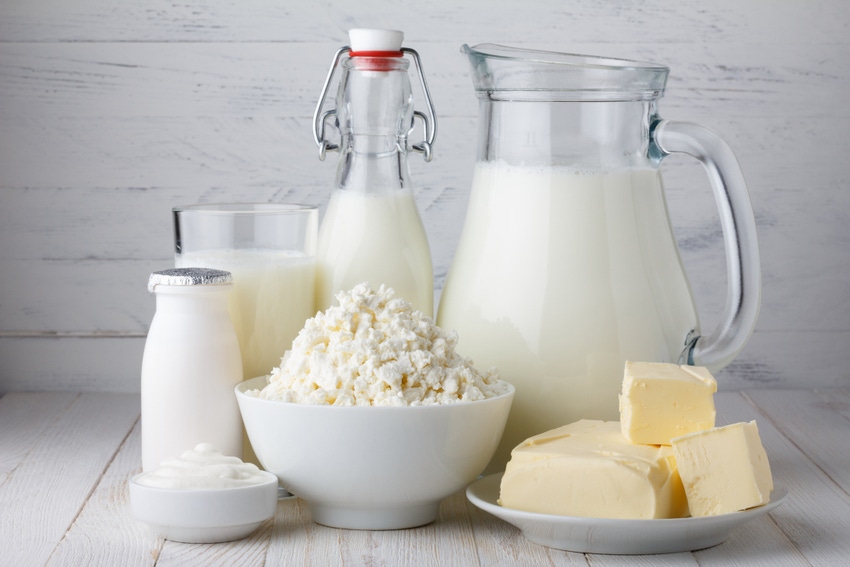Study finds organic milk market remains highly consolidated
The organic milk market is a consolidated landscape, with few players accounting for high revenue shares.
October 17, 2018

The organic milk market is poised to maintain a healthy growth rate during the 2018-2028 period, as steadily growing awareness among consumers in the last decade translates into commercial opportunities for companies.
This finding is according to a research study conducted by Fact.MR, an independent market intelligence firm with headquarters in Dublin, Ireland.
According to Fact.MR, the organic milk market continues to be in ascendancy, despite longstanding challenges pertaining to high price. Although global demand for organic milk remains limited to a select group of consumers, particularly those with higher disposable incomes, recent sales figures in emerging markets show growth in the market. Fact.MR, in its latest study on the organic milk market, estimated global sales will increase by 440,000 liters in 2018 over 2017.
The study projects that the sales of skimmed organic milk are estimated to witness an upswing throughout the period of assessment on the back of high protein and calcium content. Further, less cholesterol content in skimmed organic milk continues to remain instrumental in driving demand for the product, particularly among consumers focusing on fat reduction. However, the demand for partly skimmed organic milk is projected to expand at a relatively faster pace during the period of forecast. Partly skimmed organic milk is considered a favorable choice for babies owing to easy digestion and nutrient content.
Growing health concerns and focus on well-being have translated into obligations on use of organic labels and certifications. Consumers have been cautious regarding ingredients in food items they consume and organic milk and its derivatives are no exception. This has led market players to adopt clean labels that detail the ingredient content including percentage of fats and other vitamins. However, Fact.MR indicated growing distress among small scale farmers about stricter regulation in emerging markets continues to pose challenges.
Supermarkets and hypermarkets involved in the selling of fast-moving consumer goods (FMCG) are extending their organic product ranges to meet the increasing demand for organic milk worldwide. This has resulted in increased revenue generation via modern trade, making it an attractive revenue funnel for organic milk producers. Impressive sales also have been reported from online channels, and it is highly likely that this distribution channel will evolve.
Cow organic milk has gained significant traction owing to its higher nutrition content as compared to organic milk from buffaloes and other sources. Cow organic milk has been considered as a substitute for breast-feeding, as it provides all vitals needed for infant growth, said Fact.MR.
Demand for organic milk is likely to remain concentrated in the developed countries of Europe. In addition to Europe, Fact.MR said demand is likely to grow significantly in the U.S., China and India. These three markets are thought to offer significant opportunities to market players during the coming years.
According to Fact.MR, the organic milk market is a consolidated landscape, with few players accounting for high revenue shares. The consolidated nature of the market can be gauged from the fact that top four companies account for nearly 30% revenue share of the market. The study conducted found that large players in organic milk market are focusing on product line extensions to meet the evolving demand. The tier II and tier III players are also focusing on joint ventures to increase their global footprint and capitalize on the emerging opportunities in new markets.
You May Also Like



